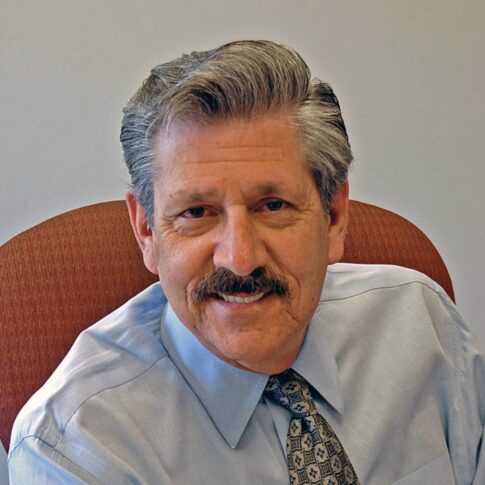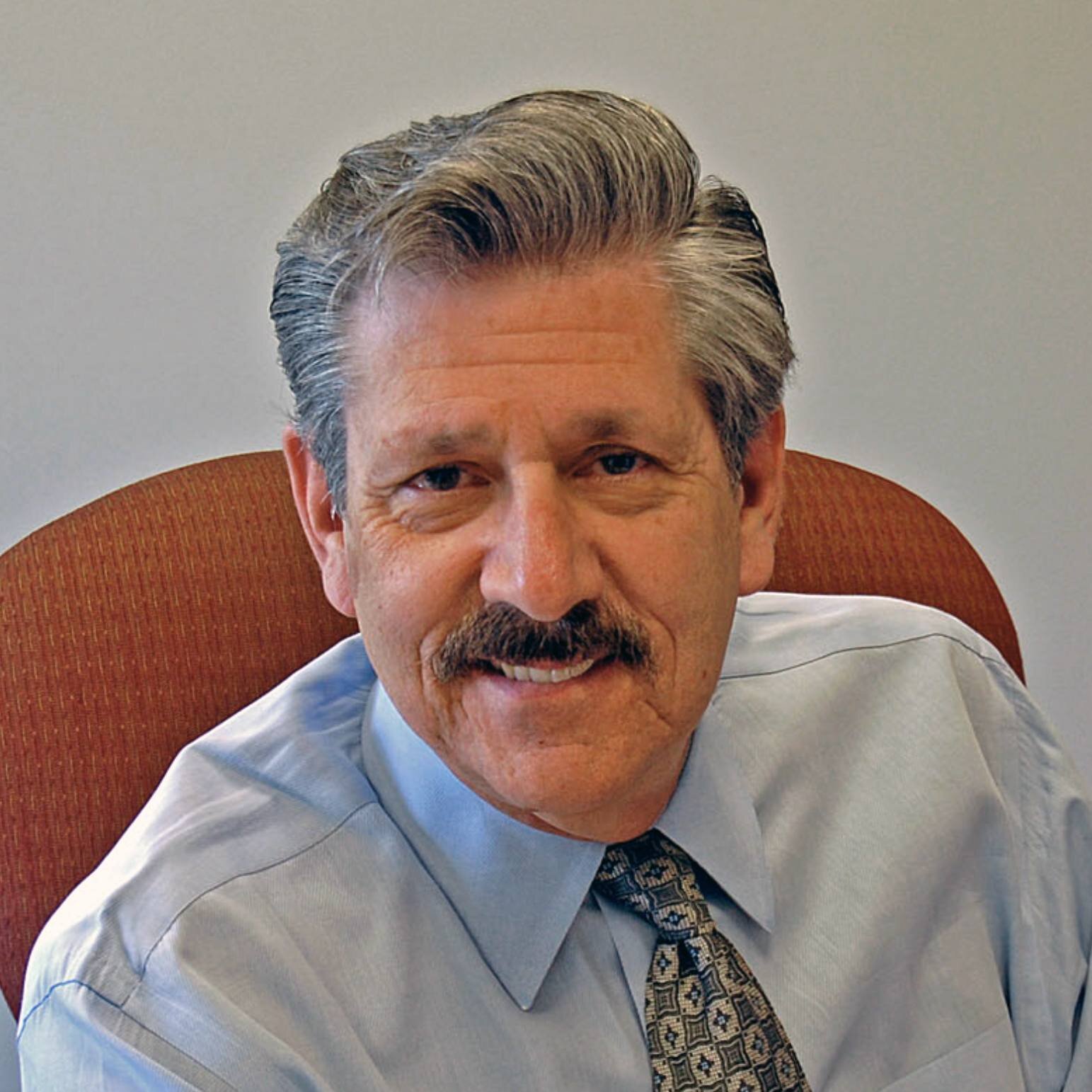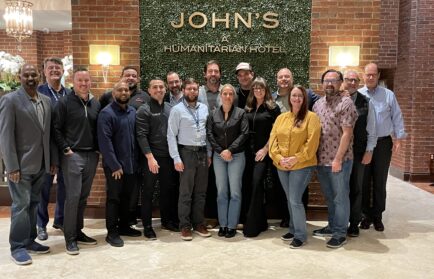Richard M. Ebeling, an American Institute for Economic Research Senior Fellow, is the BB&T Distinguished Professor of Ethics and Free Enterprise Leadership at The Citadel in Charleston, South Carolina. This is an excerpted version of his essay as published on the Institute’s website on Aug. 16, 2021.
This August marked the 30th anniversary of the beginning of the end to the Soviet Union. During August 19-21, 1991, hardline members of the Soviet Communist Party and the KGB attempted a coup d’état in Moscow to prevent the political and economic reforms introduced over the prior five years from going any further. The coup failed, and on Christmas Eve, 1991, the Soviet Union was dissolved and disappeared from the political map of the world.
The events of those days are especially imprinted on my mind because I was in Moscow at the time, watching and, indeed, even participating in those August 1991 events. Frequently traveling to the Soviet Union on privatization and market reform consulting work, especially in the, now, former Soviet republic of Lithuania and in Moscow, I witnessed the failed coup attempt and its immediate aftermath.
The Soviet regime had ruled Russia and the other 14 component republics of the U.S.S.R. for nearly 75 years, since the Bolshevik Revolution in November 1917 led by Vladimir Lenin and his communist cadre of Marxist followers. During that almost three-quarters of a century, first under Lenin and especially Joseph Stalin and then their successors, historians have estimated that upwards of 64 million people – innocent, unarmed men, women and children – died at the hands of the Soviet regime in the name of building the “bright, beautiful future” of socialism.
Mass Murder and Slave Labor Under Soviet Socialism
The forced collectivization of the land under Stalin in the early 1930s, alone, is calculated to have cost the lives of nine to twelve million Russian and Ukrainian peasants and their families who resisted the loss of their private farms and being forced into state collective farms that replaced them. Some were simply shot; others were tortured to death or sent to die as slave laborers in the concentration and labor camps in Siberia or Soviet Central Asia known as the GULAG. Millions were slowly starved to death by a government-created famine designed to force submission to the central planning dictates of Stalin and his henchmen.
Millions of others were rounded up and sent off to those prison and labor camps as part of the central plan for forced industrial and mineral mining development of the far reaches of the Soviet Union. In the 1930s and 1940s, Stalin’s central plans would include quotas for how many of the “enemies of the people” were to be arrested and executed in every city, town and district in the Soviet Union. In addition, there were quotas for how many were to be rounded up as replacements for those who had already died in the GULAG working in the vast wastelands of Siberia, northern European Russia and Central Asia.
By the 1960s, 1970s, and early 1980s the Soviet system had become increasingly corrupt, stagnant, and decrepit under a succession of aging Communist Party leaders whose only purpose was to hold on to power and their special privileges. In 1986 a much younger man, Mikhail Gorbachev, who had worked his way up in the Party hierarchy, was appointed to the leading position of General Secretary of the Communist Party of the U.S.S.R.
Gorbachev’s Attempt to Save Socialism
Gorbachev believed that the Soviet Union had taken several serious wrong turns in the past. But he was not an opponent of socialism or its Marxist-Leninist foundations. He wanted a new “socialism-with-a-human-face.” His goal was a “kinder and gentler” communist ideology, so to speak. He truly believed that the Soviet Union could be saved, and with it a more humane collectivist alternative to Western capitalism.
However, over time the more hardline and “conservative” members of the Soviet leadership considered all such reforms as opening a Pandora’s Box of uncontrollable forces that would undermine the Soviet system. They had already seen this happen in the outer ring of the Soviet Empire in Eastern Europe.
In 1989 Gorbachev had stood by as the Berlin Wall, the symbol of Soviet imperial power in the heart of Europe, had come tumbling down, and the Soviet “captive nations” of Eastern Europe – East Germany, Poland, Czechoslovakia, Hungary, Romania and Bulgaria – that Stalin had claimed as conquered booty at the end of the Second World War, began to free themselves from communist control and Soviet domination.
The Soviet hardliners were now convinced that a new political treaty that Gorbachev was planning to sign with Boris Yeltsin, president of the Russian Soviet Federative Republic, and Nursultan Nazarbayev, president of the Soviet republic of Kazakhstan, would mean the end of the Soviet Union itself.
On August 18, 1991, the hardline conspirators tried to persuade Gorbachev to reverse his planned political arrangements with the Russian Federation and Soviet Kazakhstan. When he refused, he was held by force in a summer home he was vacationing at in the Crimea on the Black Sea.
Early on the morning of August 19, the conspirators issued a declaration announcing their takeover of the Soviet government. A plan to capture and possibly kill Boris Yeltsin failed. Yeltsin eluded the kidnappers and made his way to the Russian parliament building from his home outside Moscow. Military units loyal to the conspirators ringed the city with tanks on every bridge leading into the city and along every main thoroughfare in the center of Moscow. Tank units had surrounded the Russian parliament, as well.
But Yeltsin soon was rallying the people of Moscow and the Russian population in general to defend Russia’s own emerging democracy. People all around the world saw Yeltsin stand atop an army tank outside the parliament building asking Muscovites to resist this attempt to return to the dark days of communist rule.
The Western media made much at the time of the apparent poor planning during the seventy-two-hour coup attempt during August 19 to the 21. The world press focused on and mocked the nervousness and confusion shown by some of the coup leaders during a press conference. The conspirators were ridiculed for their Keystone Cop-like behavior in missing their chance to kidnap Yeltsin or delaying their seizure of the Russian parliament building; or leaving international telephone lines open and not even jamming foreign news broadcasts that were reporting the events as they happened to the entire Soviet Union.
Freedom! Freedom! Freedom!
On the clear, warm Thursday of August 22, the day after the coup attempt collapsed, thousands of Muscovites assembled in a large plaza behind the Russian parliament stood and listened as Boris Yeltsin told them that that area would now be known as the Square of Russian Freedom. The multitude replied in unison: Svaboda! Svaboda! Svaboda! – “Freedom! Freedom, Freedom!”
A huge flag of pre-communist Russia, with its colors of white, blue and red, draped the entire length of the parliament building. The crowd looked up and watched as the Soviet red flag, with its yellow hammer and sickle in the upper left corner, was lowered from the flagpole atop the parliament, and the Russian colors were raised for the first time in its place. And, again, the people chanted: “Freedom! Freedom! Freedom!”
Not too far away from the parliament building in Moscow, that same day, a large crowd had formed at Lubyanka Square at the headquarters of the KGB. With the help of a crane, these Muscovites pulled down a large statue of Felix Dzerzhinsky, the founder of the Soviet secret police, that stood near the entrance to the KGB building. In a small park across from the KGB headquarters, in a corner of which rests a small monument to the victims of the Soviet prison and labor camps, an anti-communist rally was held. A young man in an old Czarist Russian military uniform burned a Soviet flag and played pre-revolutionary patriotic songs on an accordion while the crowd cheered him on.
The seventy-five-year nightmare of communist tyranny and terror was coming to an end. The people of Russia were hoping for freedom, and they were basking in the imagined joy of it. Russia’s history since then has not met any of those euphoric hopes of August 1991, yet it nonetheless stands as an important moment marking a symbolic end to the collectivist nightmare of the 20th century.
American and British Young Know No History and Want Socialism
Fast forward to today, thirty years later. It is as if the last hundred years of the socialist chamber of horrors, not only in the Soviet Union but in all other places around the world in which governments have widely nationalized the means of production and imposed forms of centralized planning, has practically never happened. The brutality and barbarity of the National Socialist (Nazi) regime in Hitler’s Germany has been rightly highlighted in many movies and documentaries in the decades since the end of the Second World War. But compare these with the paucity of similar films and documentaries about the Soviet Union and similar socialist regimes and their disastrous central planning systems, with all their tyranny, cruelty, mass murder, corruption and gradations of privileges and perks for the huge network of Party members and elite bureaucrats who ran all facets of the command-and-control economy.
Recent opinion surveys by the Victims of Communism Memorial Foundation in the United States on “U.S. Attitudes Toward Socialism, Communism, and Collectivism” (October 2020) and by the Institute of Economic Affairs in the United Kingdom in a report “Left Turn Ahead? Surveying Attitudes of Young People Towards Capitalism and Socialism” (July 2021) about people’s views about the socialist and capitalist systems, especially among the younger segments of the population, make it clear that knowledge and understanding about what socialist reality has been like has gone down an Orwellian memory hole.
In the United States, a quarter of those surveyed, 26 percent, said that they would like to see the end of the capitalist system and its replacement with a socialist economy. Among those under 40 years of age, the number preferring a socialist society rose to between 31 and 35 percent. Ten percent in this age group consider the ideas in Marx’s Communist Manifesto to be a better guarantor of a free and equitable society than the ideas in the Declaration of Independence. About 30 percent of those below 40 said that Marxism is a “positive” movement against injustice and for management of the economy for the good of all.
When asked, “What is a socialist system?” 31 percent said it involves government ownership of the means of production, while another 32 percent said private enterprise plus government regulation and the welfare state. Six percent said that socialism is a “new system” that has never been tried.
In the United Kingdom, 67 percent of those in the younger categories of the British population said they would like to live under a socialist economic system, and identified socialism with the words, “workers,” “public,” “equal,” and “fair.” Capitalism was identified by 75 percent in the survey with global warming, destruction of the planet, and racism, and 73 percent said that capitalism fosters “greed,” “selfishness,” and “materialism,” compared to socialism, which cultivates “compassion, cooperation, and solidarity.” A large majority said that socialism had never really been tried and that places like Venezuela have been instances in which the socialist idea was simply poorly implemented and therefore not a real test of a socialist system.
These attitudes and beliefs among the younger generations on both sides of the Atlantic do not bode well for the future of freedom. The ideas of one generation often become the implemented policies of the next one. If neither knowledge of, nor appropriate lessons from, the reality of socialism-in-practice over the last one hundred years are learned, we may very well be condemned to repeat the past with all of its social, economic, and politically damaging consequences.






